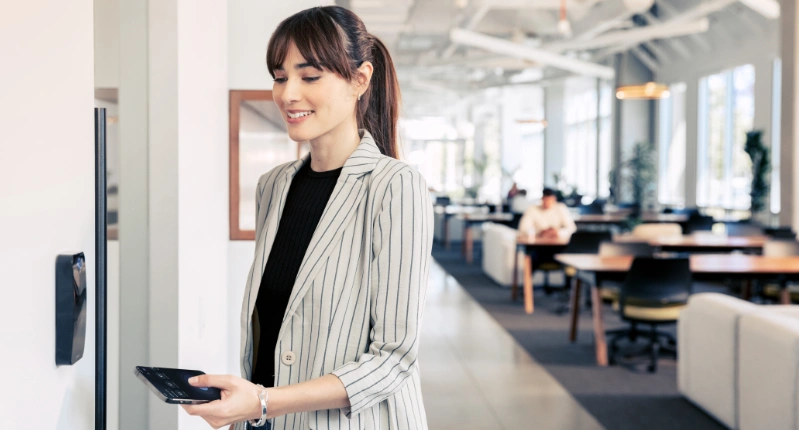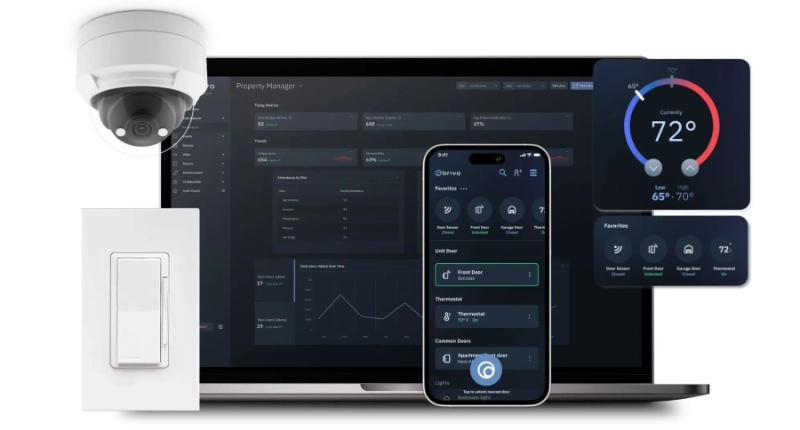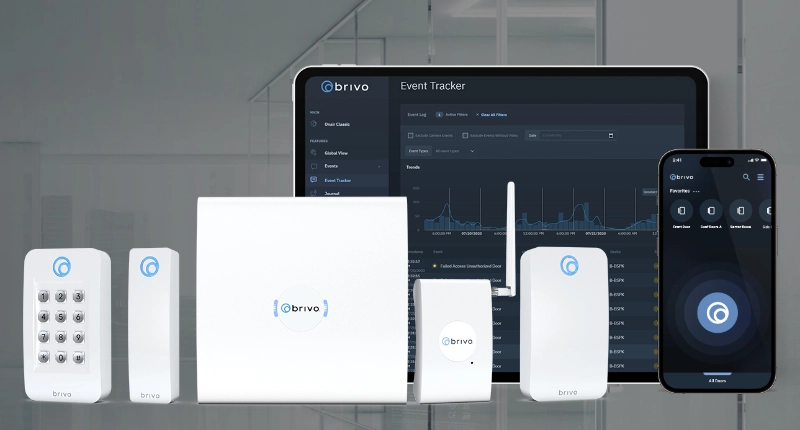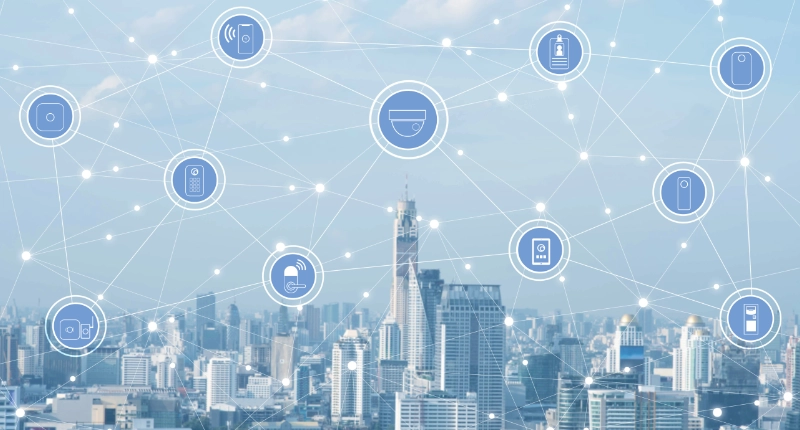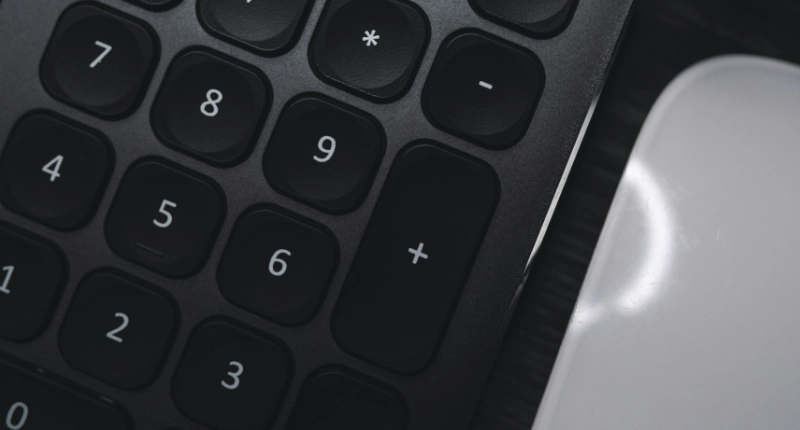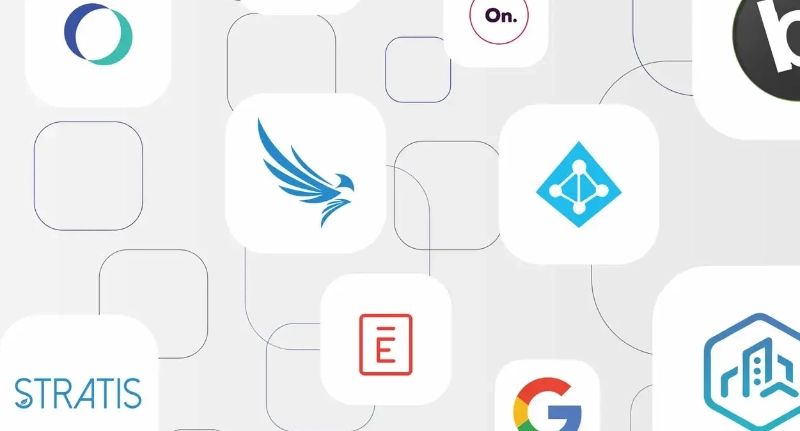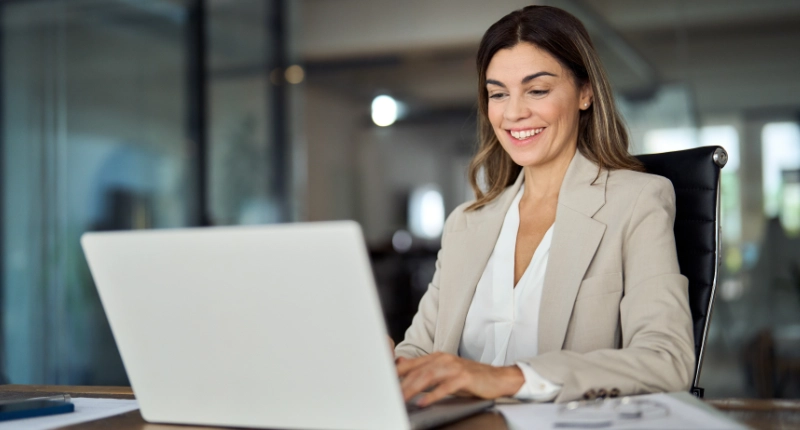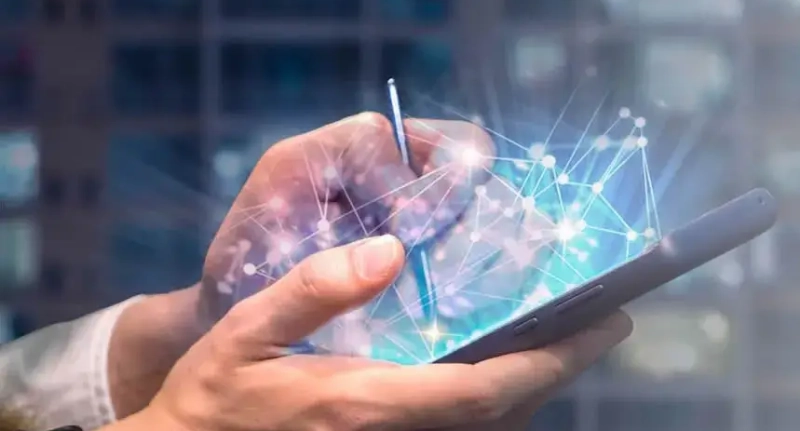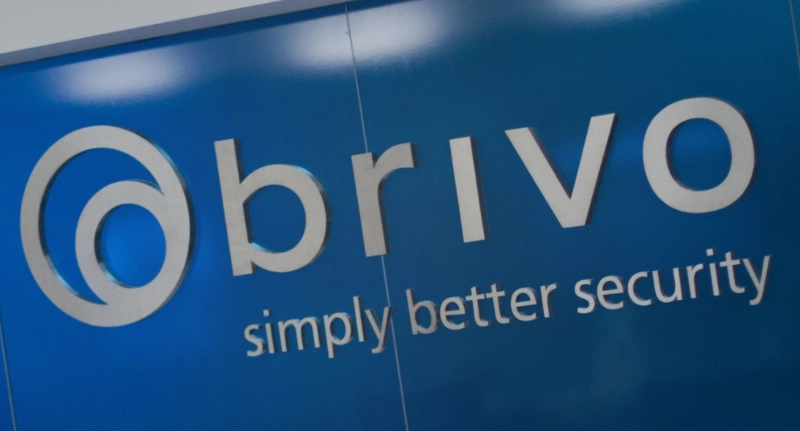Six months ago, people hardly thought about buildings. They were just part of life’s mundane backdrop. Today, they’re seen as public health hazards. Grabbing a doorknob gives us pause. We worry someone in the elevator is running a fever. This pandemic has reminded us just how much buildings impact our physical health.
Health experts have long been advocating for buildings that prevent the spread of disease and promote good health. This pandemic has majorly amplified their message — commonly referred to as the ‘healthy building movement.’
In the wake of COVID-19, it’s time for a reboot. Technology will undoubtedly need to be part of the solution. As leaders in this space, here is how we see our security technology paving the way for the healthy building movement 2.0:
Curbing contagion
Perhaps most obviously, technology will need to reduce the number of surfaces we’re touching. Naturally, our touchless entry system makes that possible. Beyond that, our visitor management system automates the check-in process. Eliminating unnecessary exposure to people through technology like this will be critical as we fight COVID and other viruses in coming years.
In that vein, our system is also capable of asking visitors health-screening questions — such as if they have traveled outside the US, or experienced any illness lately. This feature helps to protect the health of everyone in the building, much like thermal cameras that can take body temperatures. In the next phase of the healthy building movement,it is clear that technology will need to be a frontline defense against a new sort of risk — deadly virus we cannot see, but now will forever fear.
Controlling flow
As people begin to trickle back into their offices, employers will need to figure out how to maintain social distancing. Again, technology will need to be a big part of the solution, ensuring that healthy building standards stay in place.
Our access control system lets employers decide who can enter an office, and when. Even within the office, the system can control which rooms they can enter. Controlling the flow of people in this way will be critical for social distancing to work in an office environment. With our system, employers can have their teams return in staggered groups and shifts. They can even monitor that activity remotely, and get alerts if too many people are clustered in one area at a time.
Calming nerves
All 50 states have started to reopen, yet 77 percent are still worried about a second wave of infections, according to a recent PBS/NPR/Marist poll. This goes to show that easing quarantines might reopen businesses, but that won’t change attitudes.
It is important for employers to show how they are protecting the health of their staff. Having a security system that proactively prevents illness is a big step in that direction. It goes a long way in quelling fears and inspiring confidence.
Beyond our physical systems, Brivo is also stepping up as a leader to help our nation understand how to best ‘get back to normal.’ We have data across the nation that shows where people are going and how frequently. We have chosen to make this data public in effort to educate and empower the public.
These are some of the several ways we are committed to being a strategic partner in the healthy building movement 2.0. We invite you to check back often for new insights and commentary on our blog.
For more information about Brivo and its offerings, visit our product page or our resource page.


